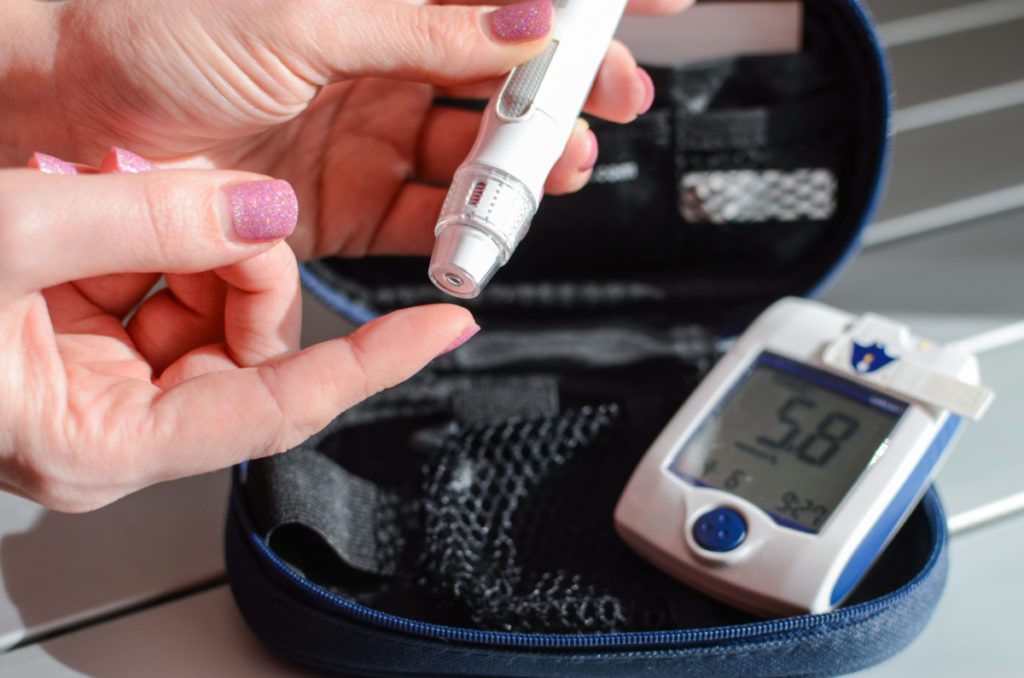Massachusetts-based TheracosBio has received US Food and Drug Administration (FDA) approval for diabetes med Brenzavvy (bexagliflozin) to help improve glycemic control in adults with type 2 diabetes.
The drug, a sodium-glucose cotransporter 2 (SGLT2) inhibitor formulated in 20-mg tablets, was first approved as a treatment for cats with diabetes in December. It is the first FDA-approved SGLT2 inhibitor for any animal species. The approval was granted to Elanco Animal Health.
The drug is taken once a day in conjunction with diet and exercise.
In a press release announcing the approval, TheracosBio said Brenzavvy is not recommended for patients with type 1 diabetes mellitus, for the treatment of diabetic ketoacidosis or in type 2 diabetes patients with end-stage renal disease on dialysis.
More than 33 million Americans have type 2 diabetes, according to the US Centers for Disease Control and Prevention (CDC).
Related: GLP-1 Agonists for Diabetes: Mounjaro Versus Ozempic
SGLT2 inhibitors, also called gliflozins or flozins, help decrease blood sugar by blocking the kidneys from reabsorbing sugar made by the body and instead, releasing it in the urine.
Drugs in this class for type 2 diabetes include AstraZeneca’s Farxiga (dapagliflozin), Eli Lilly and Boehringer Ingelheim’s Jardiance (empagliflozin), Janssen’s Invokana (canagliflozin) and Merck’s Steglatro (ertugliflozin). TheracosBio will thus be going up against some major market competition.
Brenzavvy’s approval was based on an impressive amount of data collected from 23 clinical trials involving over 5,000 patients with type 2 diabetes. TheracosBio said that in Phase III studies, Brenzavvy significantly reduced hemoglobin A1c (HbA1c) levels and fasting blood sugar after 24 weeks, either as a monotherapy, in combination with metformin or as an add-on to standard-of-care treatment consisting of a variety of regimens, including metformin, sulfonylureas, insulin, DPP4 inhibitors or combinations of these agents.
XTALKS WEBINAR: Review of Key Trends for Life Science Commercial Teams in 2023
Register for this free on-demand webinar to learn about the latest trends in sales and marketing campaigns that could help bolster commercial success for life science companies this year. This includes a greater focus on digital campaigns and diversifying marketing campaigns with race and ethnicity insights.
With diabetes drugs like Ozempic being all the rage recently for its weight loss effects, Brenzavvy is not approved for weight or blood pressure reduction but the company said “modest decreases in both weight and systolic blood pressure have been observed in the clinical program.”
The drug has “notable safety concerns” in cats and in humans, as TheracosBio said it’s been associated with a greater risk of lower limb amputation. Prior to prescribing Brenzavvy, clinicians are therefore advised to check whether the patient has a history of prior amputation, peripheral vascular disease, neuropathy, diabetic foot ulcers or other conditions that could indicate an above-average amputation risk.
What is the Animal Drug Regulatory Process?
There are a handful of drugs commonly used in both humans and animals, which include antibiotics like amoxicillin, antidepressants such as Prozac, pain medication like tramadol, various chemotherapy drugs, specific thyroid-control medications and prednisone.
If a drug is first approved in animals, such as in the case of Brenzavvy, separate clinical studies must be conducted for use in humans, and vice versa.
The regulatory requirements for the approval of human and animal drugs are similar but go through different regulatory pathways. The Federal Food, Drug, and Cosmetic Act (FFDCA) gives the FDA the legal authority to approve drugs for both humans and animals.
A drug intended for use in animals is called a new animal drug and the FDA’s Center for Veterinary Medicine (CVM) approves and regulates new animal drugs. According to the FDA, a newly approved animal drug has to have gone through the New Animal Drug Application (NADA) process and received CVM’s stamp of approval. The approval process is similar to that of human drugs, whereby the drug sponsor must submit efficacy, safety and manufacturing data for the drug.
Even if the same drugs are approved for both animals and humans, they often cannot be used interchangeably. This is due to a number of factors including, differing doses prescribed to humans versus animals owing to species-specific pharmacokinetics and toxicities and potentially different ratios of active ingredients in a drug. Additionally, animal drugs often have more impurities than human drugs and the mode of delivery can also differ — for example, drugs for livestock are made to be mixed with their feed.












Join or login to leave a comment
JOIN LOGIN